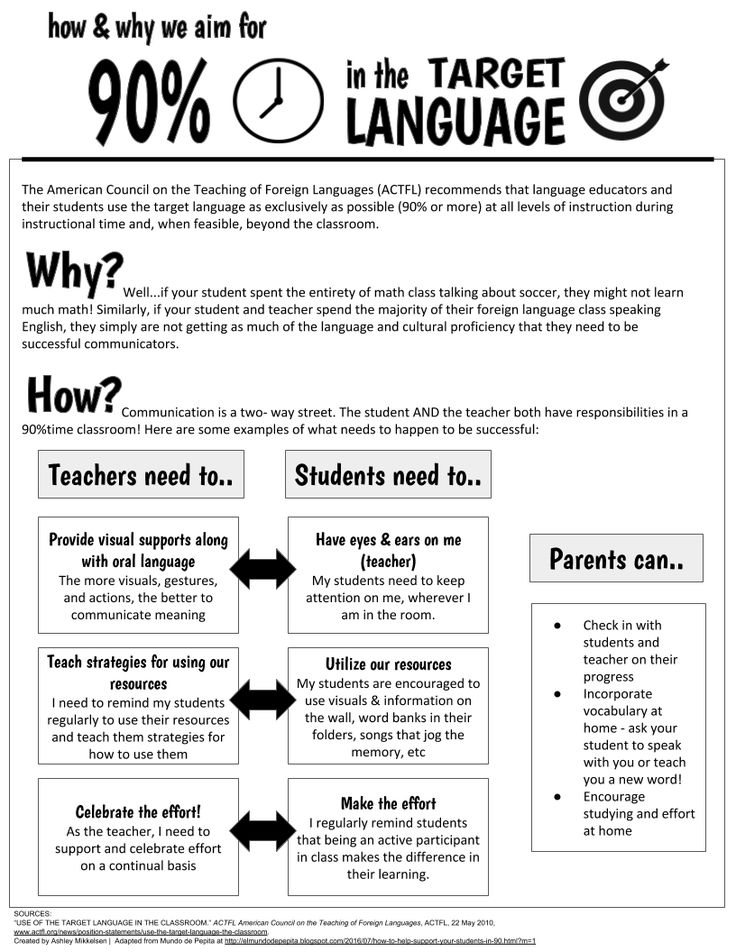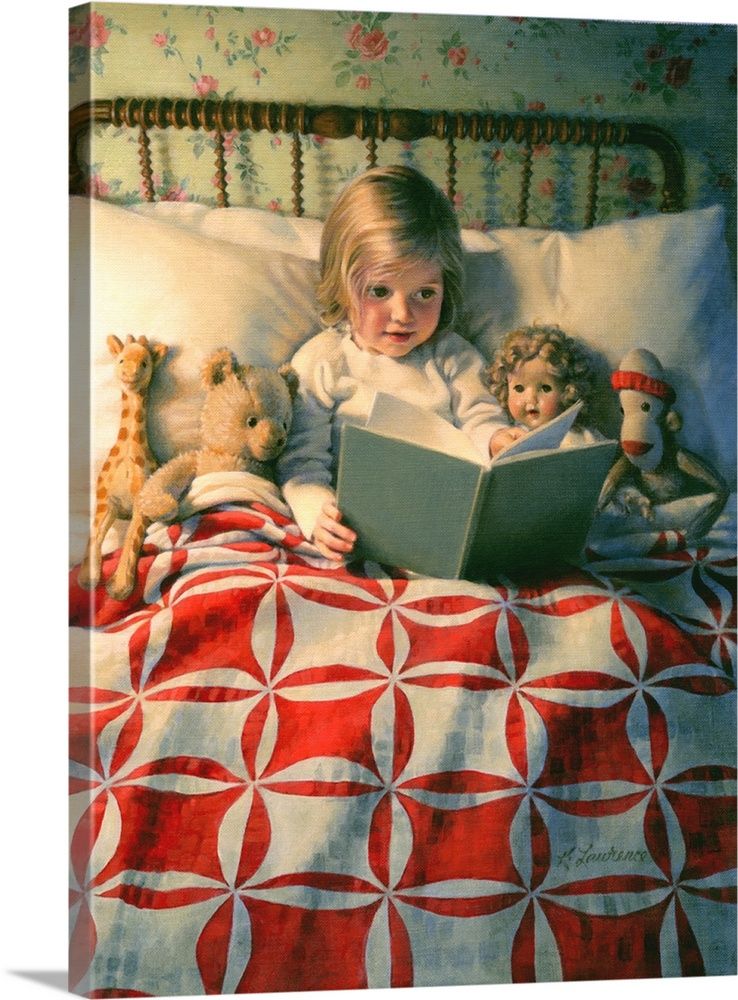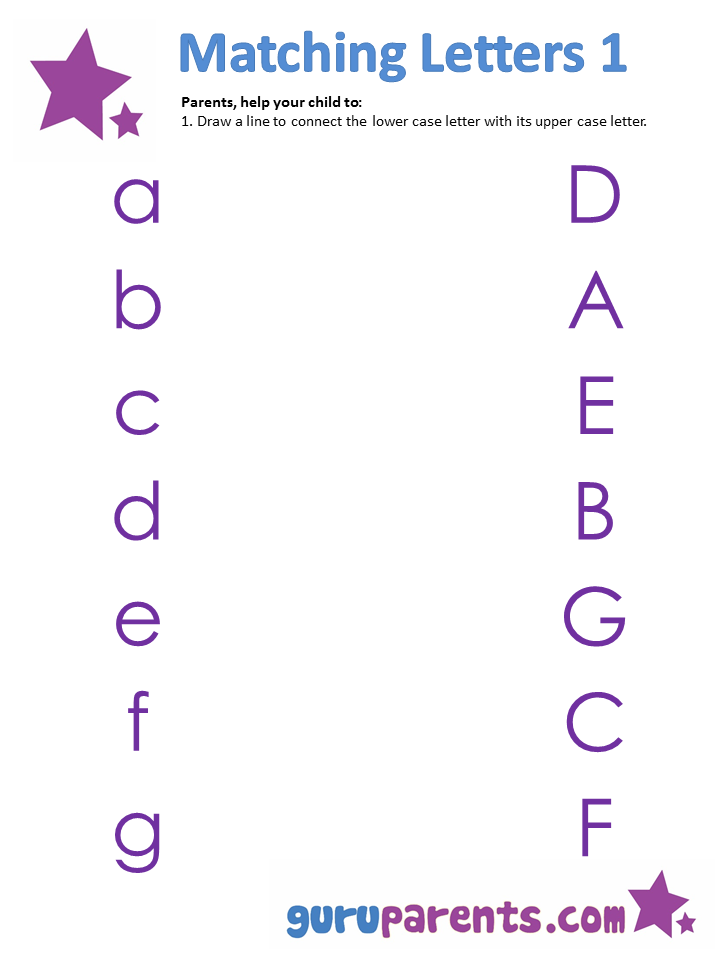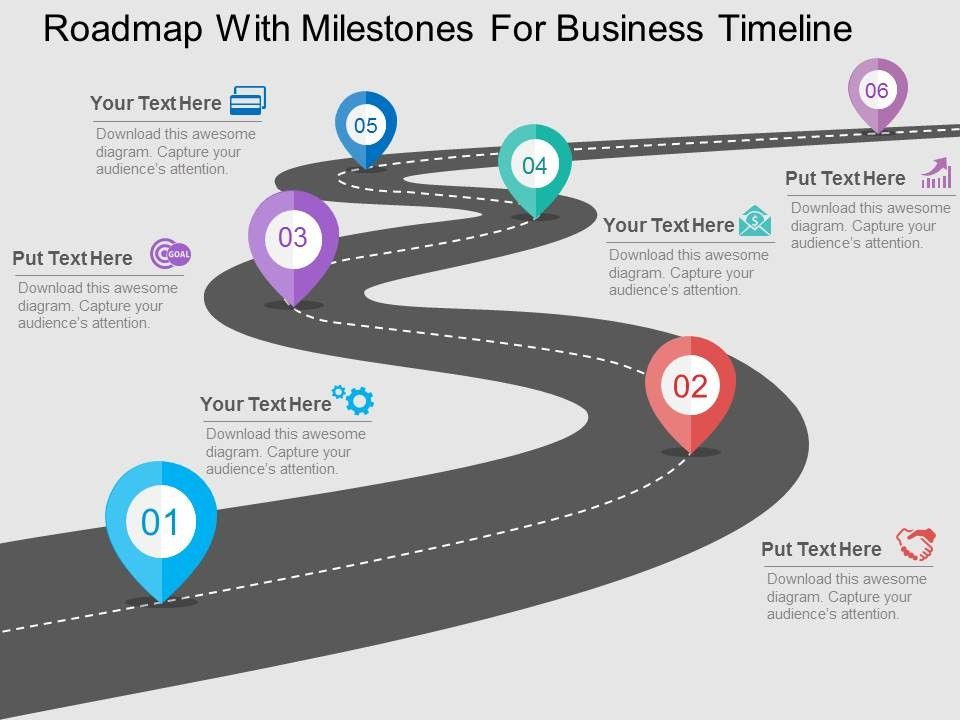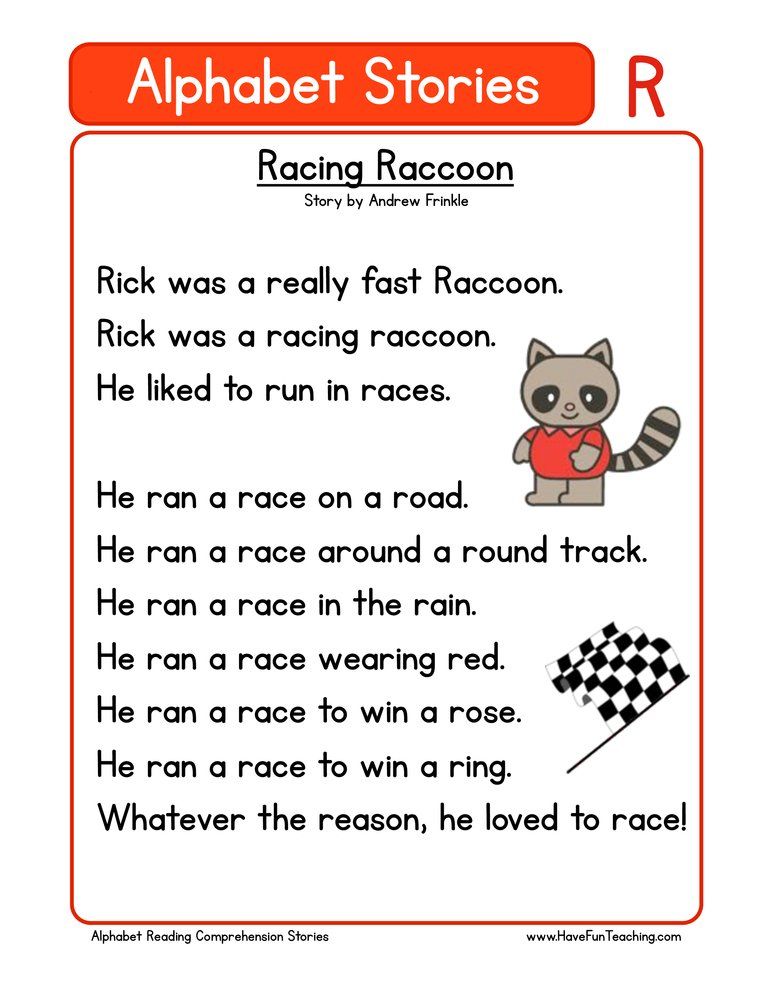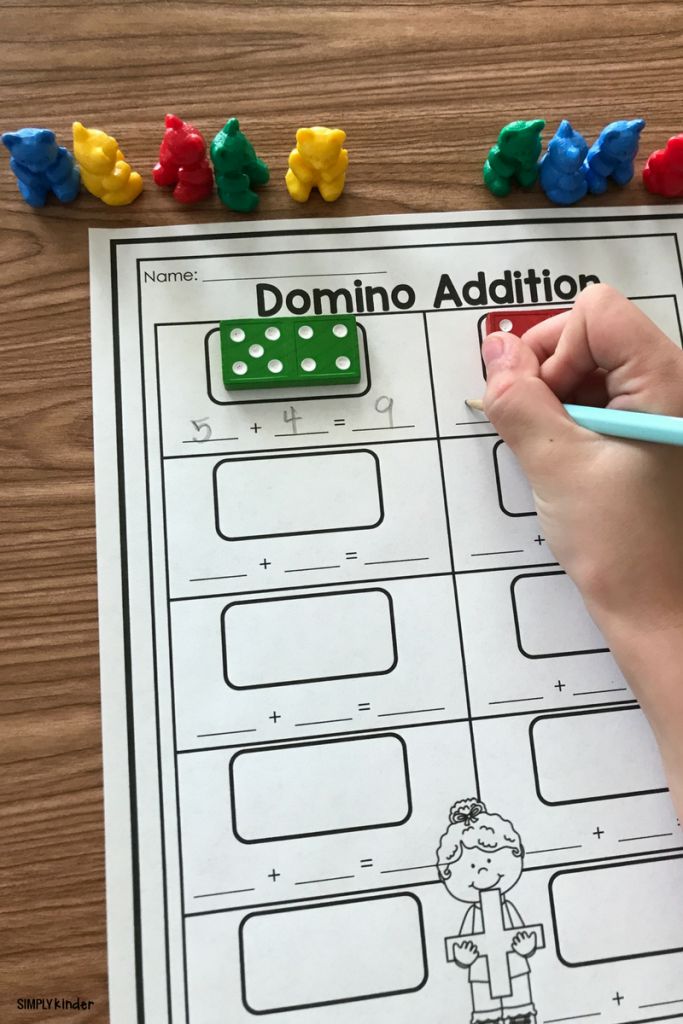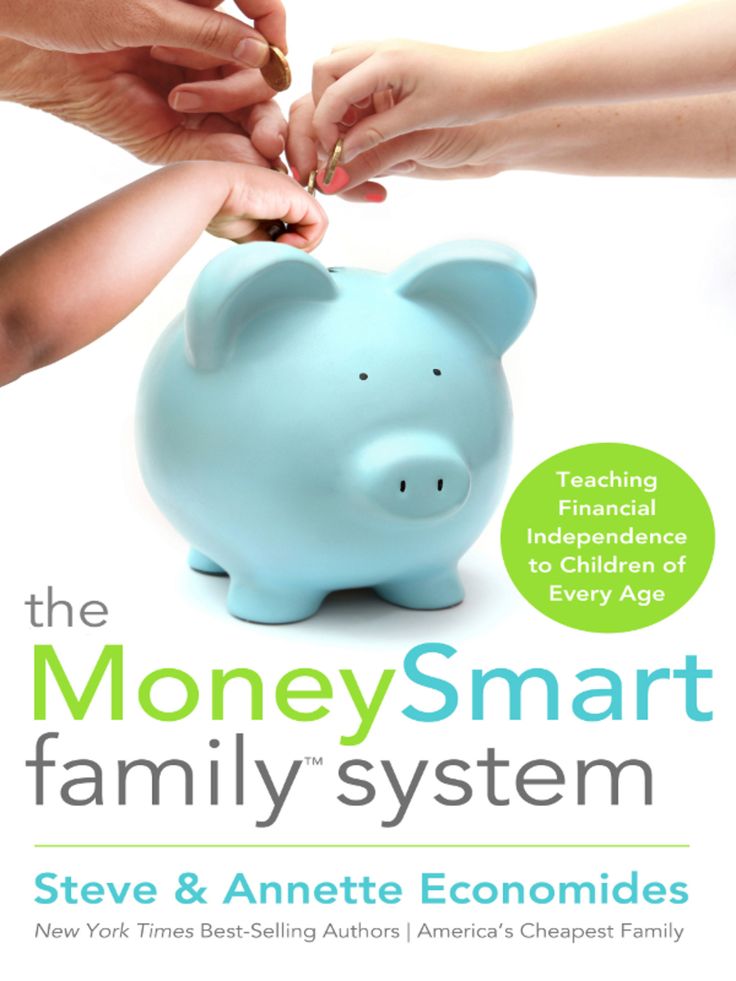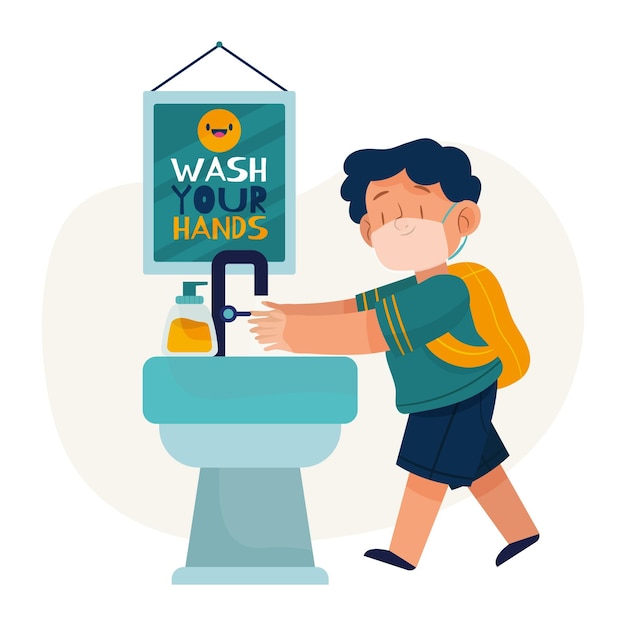Reading strategies handout for parents
Reading Strategies for Parents Handout Brochures
Reading Strategies for Parents Handout
Grab these easy-to-print brochures for parents! Teachers of preschool, kindergarten and elementary age, and perfect for school reading specialists or tutors, these reading strategies for parents handouts are tailored to target different reading struggles to help with involvement at home.
There are 4 different brochures that you can have ready to go to print out for kid's different needs in your classroom. You'll get brochures for strengthening 1) reading comprehension, 2) reading fluency, 3) beginning reader skills, 4) the joy of reading.
Grab your Reading Help Brochures here - Purchase on Etsy or TPT
Ways parents can help with reading at homeParents are always going to be the primary educator for their children, whether public-schooled, private-schooled, or homeschooled. Support from caregivers are the key ingredient for kids to be successful.
And this may especially be true in reading. So, if a teacher or reading specialist can give tips to parents at home to support what is being workd on at school, or in tutoring sessions, so much the better!
These brochures help parents:
-
Know what is most important to work on in reading,
- Pinpoint what a child's struggles are & work on them,
- Receive encouragement for making reading goals at home.
And more!
Reading strategies postersTeachers and reading tutors and reading specialists usually have posters up in the classroom to help with teaching reading and reading remediation. If a parent has a beginner who is struggling with particular issues, maybe some posters up in the home will help!
Here are some websites and places that have great reading posters:
- Reading Comprehension Posters - here
- Reading Fluency Posters - here
- Love Reading Posters -here
- Phonics Posters - here
- Sight Words Posters - here
Reading specialists and teachers can also pass out literacy handouts at the beginning of the year and throughout to help encourage parents about why it is so important to teach kids the fundamentals of reading.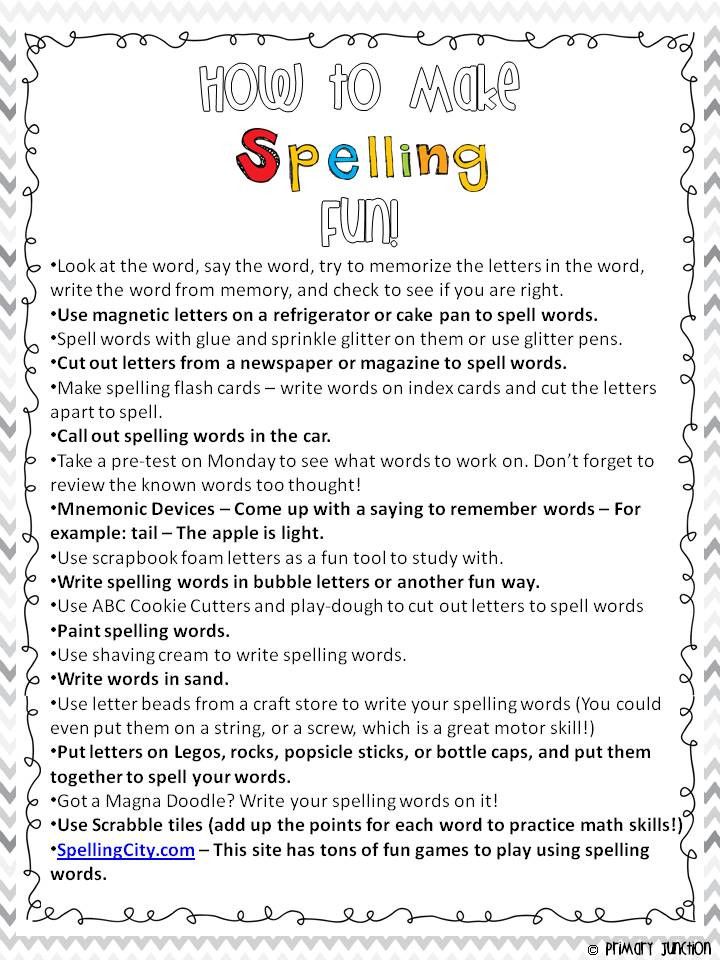
Here are some great literacy handouts I found that teachers can pass out to parents!
- Literacy Facts and Stats - find here
- Fifty Top Literacy Statistics - find here
Creating literacy workshops for parents of young and beginning readers is a great idea to encourage reading in the home. Teachers and schools alike can provide a culture of reading at school that carries over into the home.
Here are some links to some great ideas your school might consider for creating your own parent workshop:
Family Literacy Night Ideas for Your School - find here
Hosting Literacy Workshops for Parents of Preschoolers - find here
Decoding strategies for parents
The definition of decoding for reading:
Decoding is the process of translating print into speech by rapidly matching a letter or combination of letters (graphemes) to their sounds (phonemes) and recognizing the patterns that make syllables and words.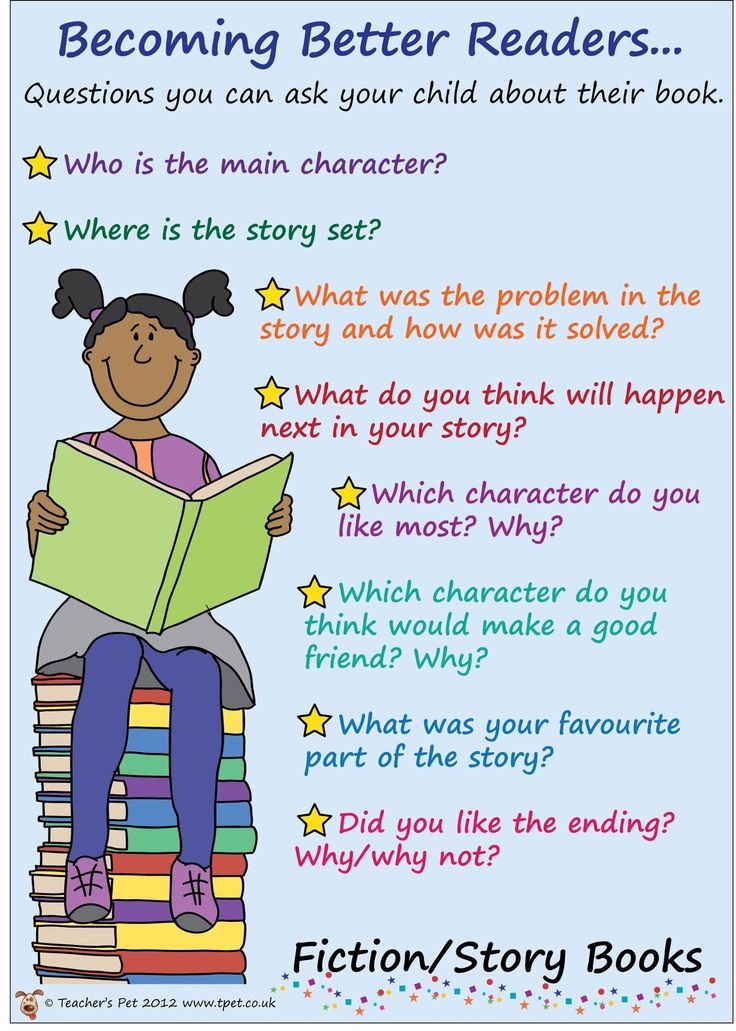 There is an area in the brain that deals with language processing and does this process automatically.
There is an area in the brain that deals with language processing and does this process automatically.
Teachers and reading specialists are trained to use these decoding strategies from early phonemic awareness with alphabet learning, to phonics, and reading words, full sentences, and paragraphs.
Parents at home can help this process! The brochures listed below can help caregivers with extra help in decoding strategies for fluency, comprehension, phonics, and more.
Reading support for parents - Printable tri-fold brochures you can take home or hand out!These handouts for a total of only $3.99 (for all 4) that you can purchase either on Etsy or Teachers Pay Teachers cover the reading issues you see in the graphics below. You'll have the freedom to print out for personal use, and for any students directly under your care.
-
Reading comprehension activities for home
If you have a student or child who struggles with reading comprehension - the understanding of what she is reading, these brochures may help.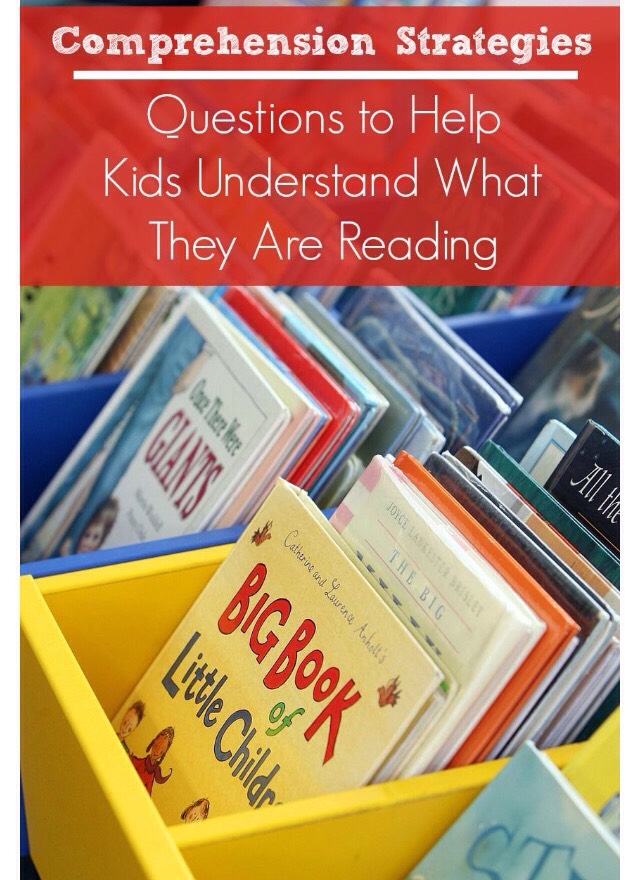 They offer concrete advice for building comprehension in readers.
They offer concrete advice for building comprehension in readers.
- Strategies to improve reading fluency
Does your student struggle with accuracy, flow, and expression? Help them work on fluency skills with this brochure:
- How to get your child to love reading
If you have a child or student who claims to hate reading, there may be some techniques to help! This brochure helps parents instill a love of reading into reluctant readers.
- Help for struggling readers just starting out
For beginning readers, it may seem like they can't get past the "sounding out" stage. This easily printable brochure may be just the things to give parents a few action items to help a reader just starting out.
I hope these brochures will be a great resource for your beginning/ struggling reader or for your students!
These brochures will be sent to you in .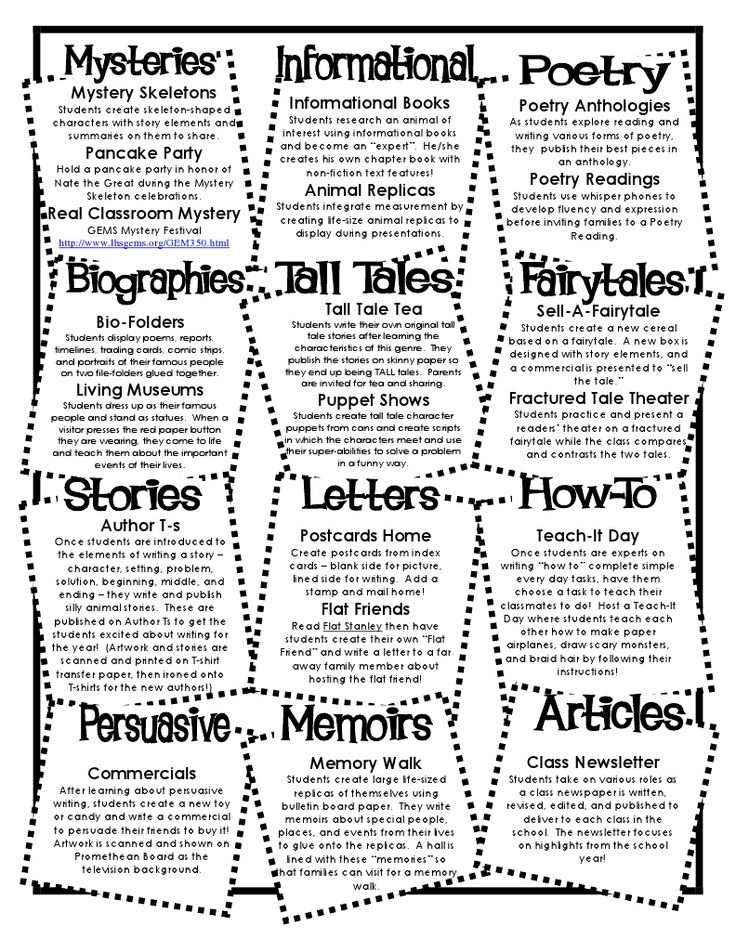 pdf format for printing (print on both sides). Just head over to Etsy or TPT to grab them. Thank you so much!
pdf format for printing (print on both sides). Just head over to Etsy or TPT to grab them. Thank you so much!
Parent Strategies for Improving Their Child’s Reading and Writing
Family time is learning time. Did you know that kids learn most of their vocabulary outside of school, through conversations with family and friends? Or that drawing pictures during play time lays the foundation for reading and writing, even for the youngest of learners?
Families have always been an active part of the teaching and learning process, and they have become even more crucial during the pandemic.
The following research-based ideas are intended to be manageable, interactive activities you and your child can engage in to help develop their reading and writing skills, motivation, and confidence. Some of these strategies target specific age groups or grade levels, while others apply to kids of all ages. You’ll see them categorized accordingly. Try out two or three of them and make them a part of your family’s other important routines, like brushing teeth.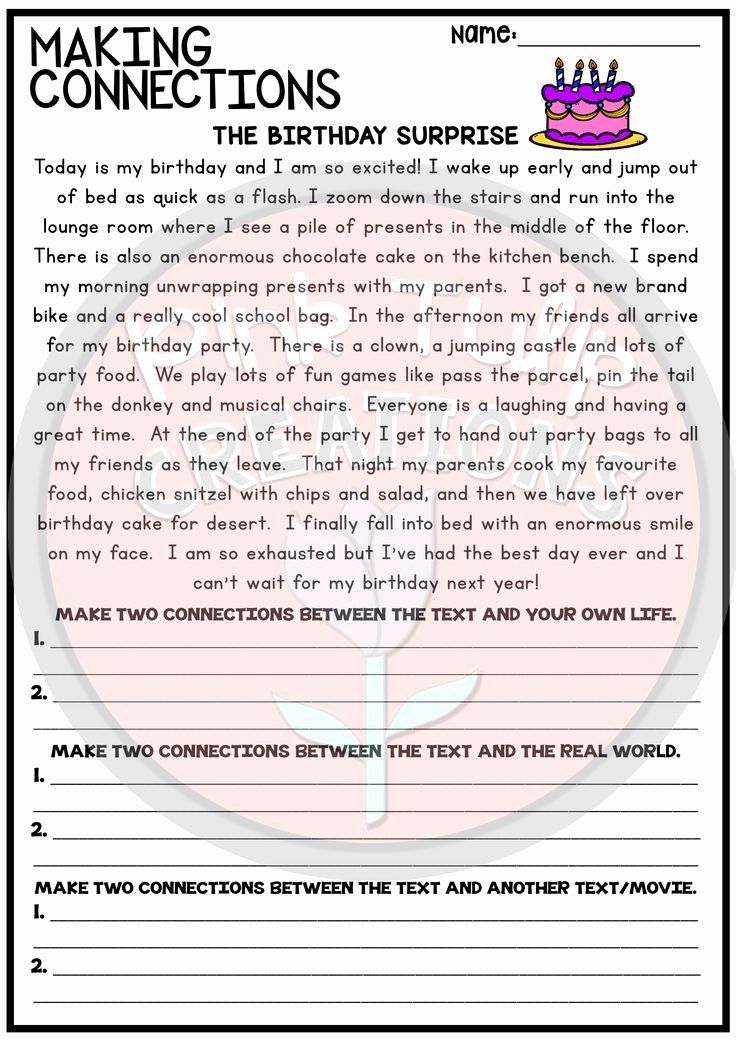
General reading and writing improvement strategies that will help kids of all ages
No matter your kid’s age, several factors influence their reading and writing growth, including attitude, motivation, access, and exposure. Think of the following strategies as tips for developing internalized mindsets, behaviors, and habits.
Model good habits by reading and writing in front of your child
Adults’ attitudes toward reading and writing influence children’s perception of the value of these skills. Having your child observe you while reading a book or magazine and while writing a thank you note or email to a friend helps to establish a recognition that reading and writing are useful and positive parts of everyday life.
Find out what your kid is interested in and get as many texts as possible related to that topic.
Be sure to explain why you are reading and writing to your child. For example, to learn about a topic you are interested in or to entertain yourself with a funny story or to thank someone for their kindness.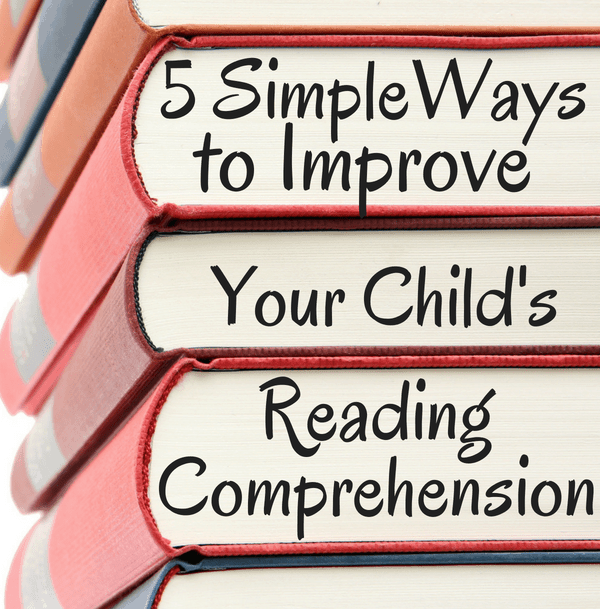 Kids need to understand the value and purpose of the actions of reading and writing; knowing the why helps them be more motivated to read and write themselves.
Kids need to understand the value and purpose of the actions of reading and writing; knowing the why helps them be more motivated to read and write themselves.
Make reading materials—ones they will truly care about—readily available for your child
Kids’ threshold for boredom has appeared to lower in recent decades, particularly with today’s access to social media and video streaming. If we want kids to engage in reading and writing, we need to make it the most attractive activity for them. Kids are more likely to read when they see the value in it, such as building their knowledge about something they find interesting.
Find out what your kid is interested in and get as many texts as possible related to that topic. These can be books, graphic novels, magazines, or online digital texts. You don’t need to spend a small fortune, either. Your local library or your child’s school library probably have plenty of options to choose from.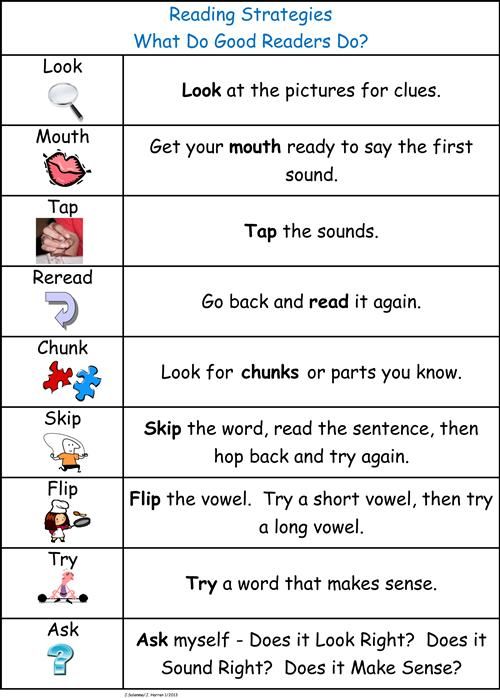
Remember, too, that while reading on grade level is important, so is reading a large volume of text and reading for pleasure. Some texts may be below grade level for your child, and that’s okay. Some might be above grade level. If a kid is interested in a topic, they’re more likely to engage with a challenging text on that topic. Plus, a text that’s above grade level provides a nice opportunity for joint reading with another member of the family
Talk with your child…a lot
Children expand their vocabulary and understanding of sentence structures not only through reading but also through conversations with others.
Talk to your children about their day at school, about what they see in the neighborhood on a walk or drive, about their interests, about the movie you watched together, about the news, about anything, really. When possible, ask questions that will elicit more than a one-word response. A colleague loves asking about her children’s day using the popular Rose, Thorn, and Bud exercise, for example.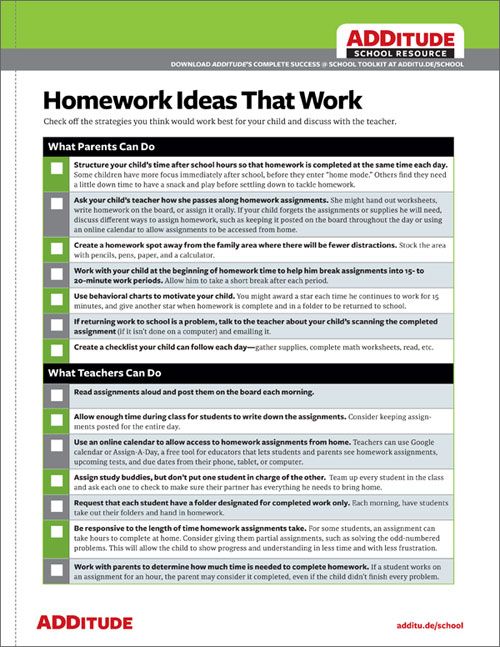 Her kids share a rose, or a good thing about their day, then a thorn, a difficult thing. The bud prompt is for sharing something they’re looking forward to.
Her kids share a rose, or a good thing about their day, then a thorn, a difficult thing. The bud prompt is for sharing something they’re looking forward to.
For more information about the power of language comprehension, see my friend Toni’s post “All about language comprehension: What it is and how it can help your child read.”
Give your child authentic writing tasks to help them find their voice and develop their sense of power
Kids are more motivated to write when they are writing for real purposes and real audiences and there is a potential for real impact.
Encourage your child to write for practical and useful purposes like helping create a grocery shopping list for the week; writing a get-well-soon card to a friend; writing an email to their teacher asking for clarification on an assignment; or writing a letter to an elected official calling for change. Heck, they can even follow the lead of adorable Dillon Helbig, an 8-year-old who wrote a book and self-published it by secretly stocking it on a shelf at his local library.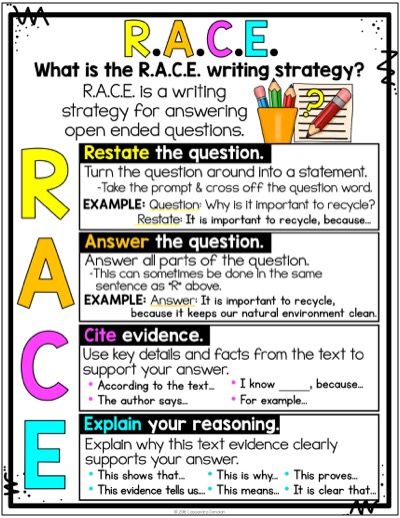
Kids need to understand the value and purpose of the actions of reading and writing; knowing the why helps them be more motivated to read and write themselves.
Writing can also have a huge psychological benefit for processing emotions. Encourage your child to keep a journal to work through and express their own thoughts and feelings. For young learners, this might be in the form of drawing pictures.
Literacy strategies for kids from birth through pre-K
Children in pre-K and younger are often called “preliterate.” This description is important because while they are not yet “literate,” they are engaging in many activities that establish a solid base for later independent reading and writing. Think of the following strategies as building blocks for future reading and writing success.
Read aloud to your child
Children’s understanding of language begins in the womb as they hear the rhythm of their mother’s speech. Infants mimic speech by making sounds, which are often effective communication tools to get them what they want. Toddlers start using words and pretty quickly they are stringing together complete sentences without ever having a single grammar lesson on sentence construction. By observing and interacting with adults and other kids, children learn to speak in full sentences before they can read individual words printed on the page.
Infants mimic speech by making sounds, which are often effective communication tools to get them what they want. Toddlers start using words and pretty quickly they are stringing together complete sentences without ever having a single grammar lesson on sentence construction. By observing and interacting with adults and other kids, children learn to speak in full sentences before they can read individual words printed on the page.
Instill a bedtime story routine, maybe with those library books you got on your kid’s favorite topics. Read aloud environmental print, too, like store signs and street names. Through read alouds, children expand their vocabulary, their knowledge about a topic or idea, and their understanding of sentence structures.
Draw on the print-rich environment at home
Children aren’t born knowing what letters and words are. It’s a conceptual understanding (also known as print awareness) that they build over time with help from adults.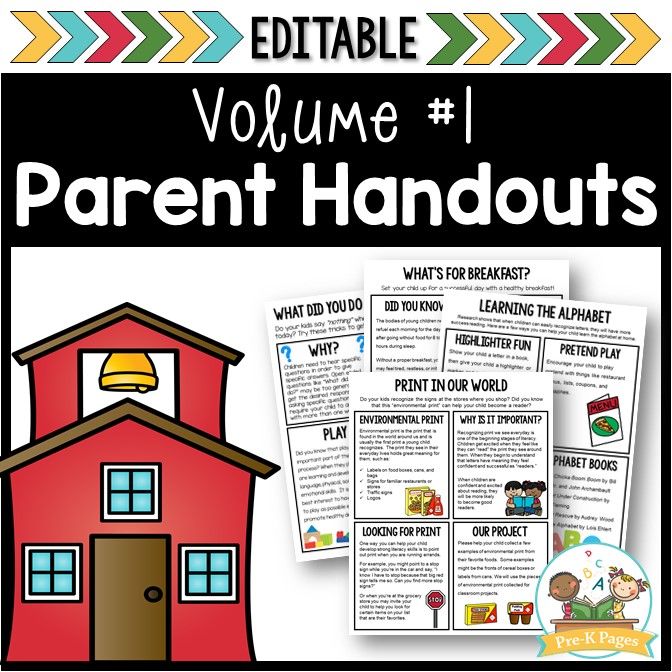
One of the most obvious ways to build print awareness is to install a bookshelf in your kid’s bedroom and keep it stocked with books from the library. However, print exists in other forms besides books. Post your shopping or to-do list on the refrigerator for them to see. Use sticky notes to place labels on items in the child’s room and around the house. Get them a set of magnetic letters to rearrange on the fridge.
Surrounding kids with examples of printed texts sets the foundation for understanding the alphabetic principle.
Engage in art projects
Through drawing and painting, young kids develop the motor skills and physical stamina they need to eventually write words, sentences, and paragraphs. Having your kid practice drawing individual letters helps to establish the brain connections they need to later map sounds to letters and letter patterns when they are learning to read.
Instill a bedtime story routine […]. Read aloud environmental print, too, like store signs and street names.
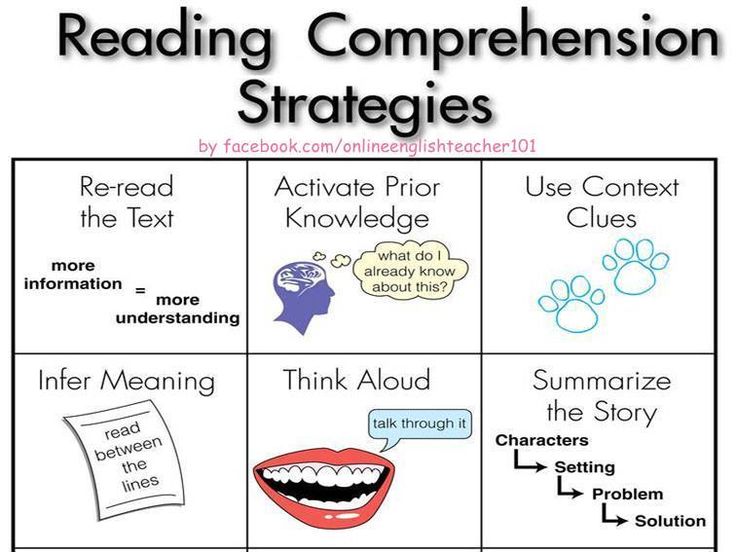
Make sure your child has access to materials like paper, crayons, and finger paints. You can also get fun (and messy) by having them use their fingers to draw letters in salt or even pudding (the reward is pudding for dessert). Let your and their imagination run wild!
Strategies for kids in kindergarten through grade 2
Kids in these grades are actively learning how to read. They are developing their understanding of phonemic awareness (the individual sounds in words) and are learning to match those sounds with specific letters and letter patterns (also known as phonics) through the act of decoding. If you’re interested in more information about those two topics, the above links will take you to previously published blog posts about them. In the meantime, here are some easy activities to try at home.
Take turns reading aloud to each other
Students in this age group are likely bringing home decodable texts from school, which use the specific letter patterns they are learning at the time. Create a positive attitude toward reading by asking them to read these texts to you and praising them accordingly.
Create a positive attitude toward reading by asking them to read these texts to you and praising them accordingly.
Continue to read above-grade-level books aloud to them, too. While kids this age may not be ready to read chapter books on their own, you can still build their understanding of vocabulary and language structures as well as strengthen their comprehension by reading more complex texts aloud to them.
Ask them questions about what you read together
Asking questions serves not only to measure kids’ understanding of a text but also to deepen their understanding by helping them think more carefully about what they are reading (or listening to).
Ask kids questions that start with “who,” “what,” “when,” “where,” “how,” and “why.” Ask them to predict what will happen next and what in the text makes them think that. These questions help kids become active readers who are able to make connections in a text.
To learn more about reading comprehension, check out my friend Shiji’s post “A new spin on playing catch: Helping your child understand what they read. ”
”
Play word games
Kids this age are doing a lot of word study at school. They’re learning to isolate the individual sounds in words and to blend individual sounds to form new words. They are learning how base (root) words, prefixes, and suffixes can help them understand the meaning of unfamiliar words.
You can play rhyming games to support their learning of the connections between sounds and letters. You can have them dissect words for their different parts and associated meanings. You can introduce word construction games like Zingo Word Builder or sight word bingo.
Strategies for kids in grades 3 and above
For kids in this group, authenticity matters. They need to find real value in the reading and writing activities they’re engaging in. Also, if your kid is showing struggles with reading or writing, it’s important to reach out and stay in close contact with their teacher. They may need additional and targeted support with developing certain skills.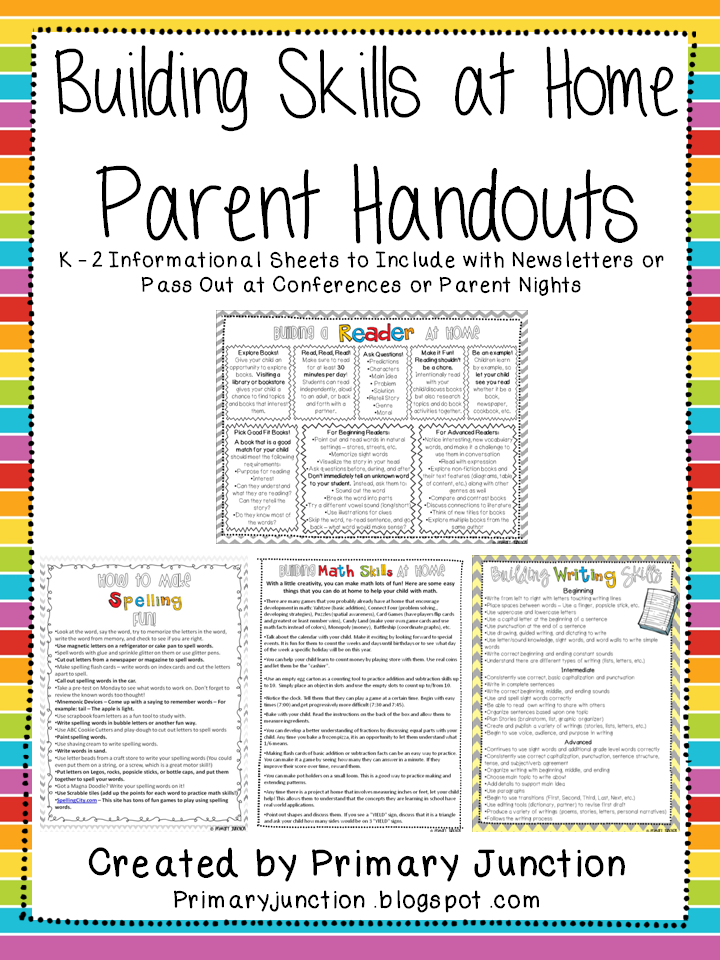
Listen to music, podcasts, and audiobooks together
While we might appreciate music, podcasts, and audiobooks through our sense of hearing, these formats all require a writer or team of writers to brainstorm, draft, and polish ideas in writing before hitting the record button. Share that information with your child, and enjoy these types of storytelling together.
[I]f your kid is showing struggles with reading or writing, it’s important to reach out and stay in close contact with their teacher.
Discuss and analyze the lyrics to some of their favorite songs. Songwriters make interesting word choices and use inventive sentence structures. These provide ripe opportunity to discuss how language can be used for stylistic effect and to build vocabulary.
It seems like there is a podcast for every area of interest. Listening to podcasts builds listening comprehension and oral language skills. It also might spark students to create their own podcasts, which involves a lot of reading and writing.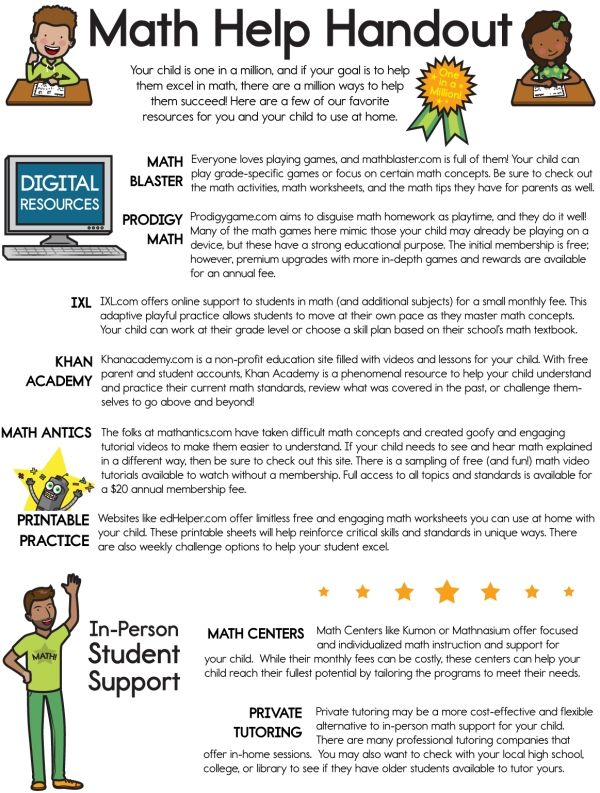 Scroll down to my last tip for useful links on creating podcasts.
Scroll down to my last tip for useful links on creating podcasts.
If students struggle with reading fluently, it can help for them to follow along a book while listening to the audio version. For more information about and at-home tips for building reading fluency, check out my blog post “6 ways to help your child read fluently, cover to cover.”
Practice digital citizenship by evaluating the credibility of online information
In today’s world, readers are bombarded with misinformation, but it can be difficult to determine what information is credible. The organization Common Sense has a curated list of websites and apps that help kids develop their media literacy skills as responsible consumers and producers of content. News Literacy Project and Media Literacy Now also offer resources for families.
Younger kids will often start with identifying text genre and relating it to the author’s purpose before moving on to distinguishing fact from opinion by examining key clues, like the use of “loaded” phrases. With ongoing instruction and practice, older kids become more skilled at evaluating sources.
With ongoing instruction and practice, older kids become more skilled at evaluating sources.
If your child has a social media account, help them understand that they are participating in an authentic media environment and that their posts are examples of real writing that can have a real influence on others. Asking them to evaluate their own posts or reposts through the same critical lens as other online sources can help reinforce this understanding.
Encourage them to use digital tools to create new texts
“Real-world” writing today is digital writing. People use keyboards, computers, and other digital devices to translate their thoughts into sentences for an internet-connected audience to read. Your kids might already be using Google Docs on a regular basis to collaborate with their classmates. Technology also allows writers to embed multimodal elements to enhance their ideas, such as graphics, images, videos, audio clips, animation, and hyperlinks to other sources.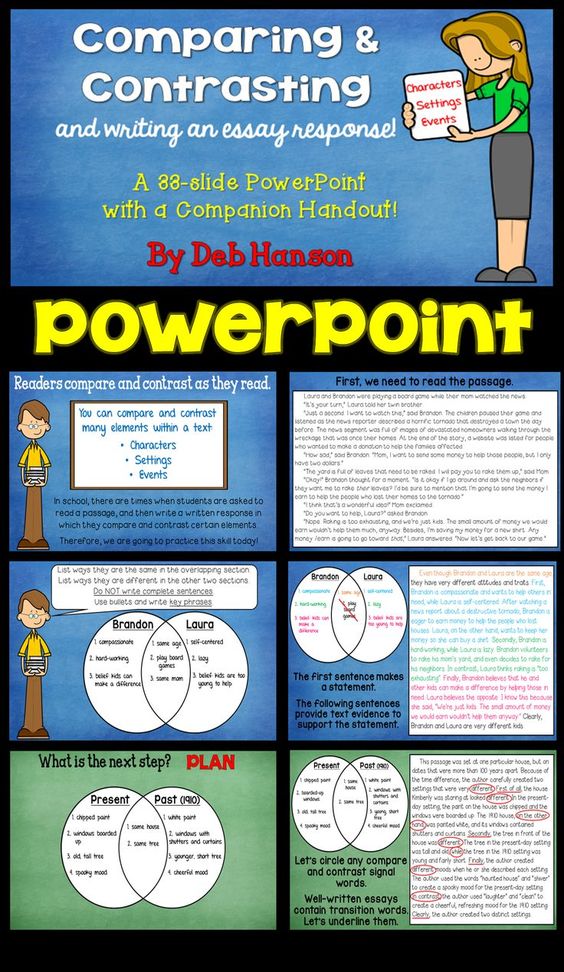
Ask your child to compose texts with digital tools so they can be better prepared for real-world writing and have the opportunity to geek out with technology they are drawn to. Check out this list of free multimedia tools your kid can tinker around with as they create new texts. Common Sense has another two lists of recommended websites and apps (with free and paid options), one specifically for making videos and animations and another for podcasting. Kids’ creative potential is truly limitless here. And they can “publish” these texts for real audiences. For example, NPR runs a yearly student podcast challenge with real prize money!
Putting these strategies into action
Reading and writing don’t take place only at school. They are essential activities in everyday life. And they involve skills that we develop over time with purposeful support from teachers.
Your official job title might not say “teacher,” but you are a huge influence in your child’s life—and that makes you a teacher.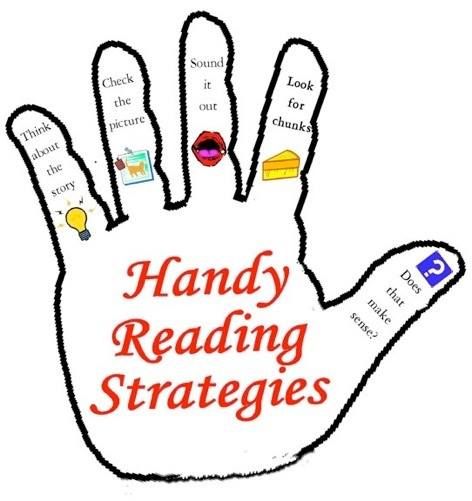 These family strategies for reading and writing don’t require special training, only that you and your child spend some quality time talking, reading, and writing together. You’ve got this!
These family strategies for reading and writing don’t require special training, only that you and your child spend some quality time talking, reading, and writing together. You’ve got this!
Illustrated collection of fables "Penny passions, ruble misfortunes" - the portal Vashifinansy.rf
The materials of the collection can be used for extracurricular work with schoolchildren, as well as joint reading by parents with children, useful for both children and adults
Description
B The collection contains 7 fables, in which rather typical fraudulent schemes are reproduced in artistic form. As a moral, each fable describes the correct actions in such situations to minimize risks. Format: MS Word. The product can be recommended to a wide range of readers.
Author of the product, coordinates
Brekhova Yu.V.
Candidate of Economic Sciences, Associate Professor of the Volgograd Institute of Management - a branch of the RANEPA
Product application features
The materials are intended for a wide range of users, including in educational and educational activities.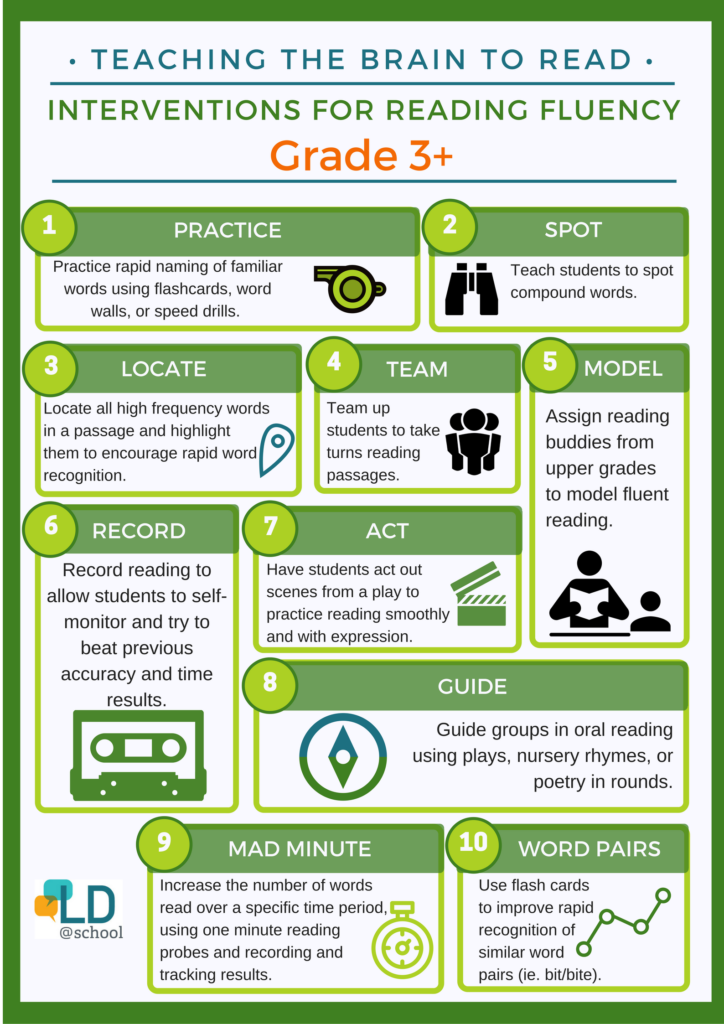 Their joint use by schoolchildren and adults (parents, grandparents, etc.) is most useful. the presentation is aimed at a young audience, while the issues addressed are related to adulthood. Thus, family discussion together will help adults show their children the problems and dangers that families face on a daily basis. The imagery and artistry of the presentation of the material facilitates its perception, and the topics raised are useful not only for children, but also for adults, especially people of retirement age.
Their joint use by schoolchildren and adults (parents, grandparents, etc.) is most useful. the presentation is aimed at a young audience, while the issues addressed are related to adulthood. Thus, family discussion together will help adults show their children the problems and dangers that families face on a daily basis. The imagery and artistry of the presentation of the material facilitates its perception, and the topics raised are useful not only for children, but also for adults, especially people of retirement age.
Materials can be distributed in three ways:
1. Through financial literacy courses and related subjects, as parenting materials and extracurricular reading.
2. At various educational events involving the joint participation of children and parents/older generation: financial literacy festivals, career guidance fairs, etc.
3. At home-based social work activities for pensioners (in this case, it is still recommended to focus on discussing these problems with family members).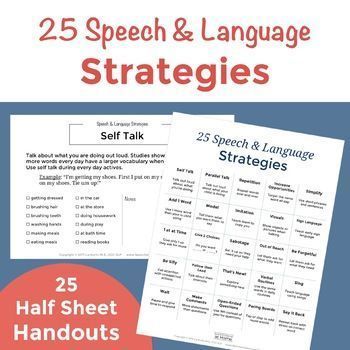
When promoting these materials, you can use additional methodological aids: Methodological manual for social workers "We know what we protect" and Methodological recommendations for librarians "Forewarned is forearmed!".
In private, materials can be used "as is", but in case of mass replication through educational or educational organizations, it is recommended to finalize their design (make an original layout for printing) and perform proofreading.
Experience in the use of the product
Approbation of the material was not carried out
Relevance of the material
Materials do not require updating
Organizations with expertise in the use of the product, coordinates
Brekhova Yu.V.
Candidate of Economic Sciences, Associate Professor of the Volgograd Institute of Management - a branch of the RANEPA
Materials on the topic
- 100214.1.003 - Methodological guide for social workers "We know what we protect"
- 100214.
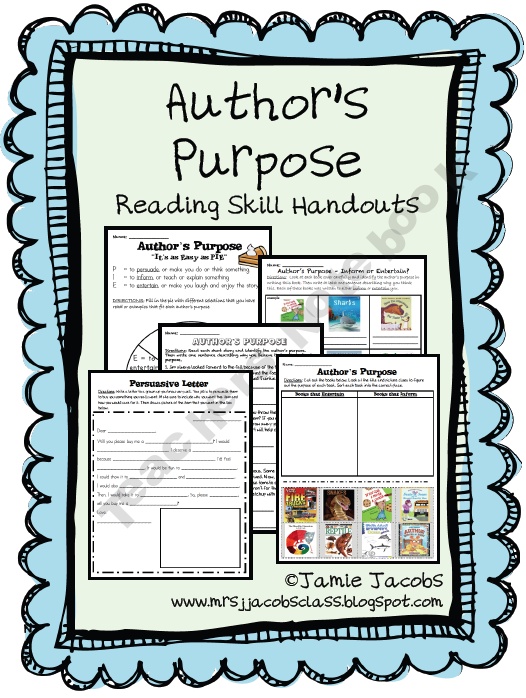 1.004 - Guidelines for library staff "Forewarned is forearmed!"
1.004 - Guidelines for library staff "Forewarned is forearmed!"
fable, didactic material, personal finance, fraud, responsible financial behavior, handout, financial behavior, art form gaou dpo irost 2016 bbq 60. 54+74. 6
Internship platform for the dissemination of modern models
successful socialization of children in the direction:
"Dissemination of organizational and legal models of interdepartmental
interaction of educational institutions with state
and municipal authorities, public organizations and other
civil society institutions for the prevention of social orphanage, including secondary (training of candidates for foster parents, 9Ol000 III traditional regional pedagogical readings (correspondence)
(Kurgan, November 27, 2015)
Part 2
Materials
Kurgan
GAOOU DPO HIRST
2016
BBK 60.54+74.6
UDC 316+37
P47
Editorial board:
The first vice -rector - Vice -Rector for Science and Innovation Activities
GAOU GAOU GAOU GAOU GAOU GAOU.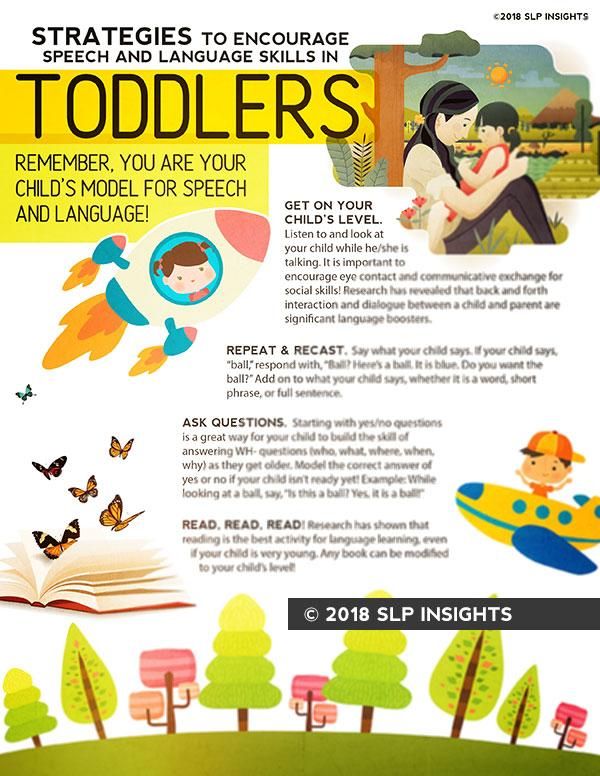 IROST, Doctor of Pedagogical Sciences, Professor N.A. Krivolapova
IROST, Doctor of Pedagogical Sciences, Professor N.A. Krivolapova
head of the social-psychological-pedagogical center
SAEI DPO IROST L.A. Dementieva
Head of the Department of Psychology and Health Protection of the State Autonomous Educational Institution of Higher Professional Education IROST, Ph.D., Associate Professor T.E. Bulatova
Associate Professor of the Department of Psychology and Health Protection of the SAEI FPE IROST G.S. Gogoleva
Layout:
methodologist for proofreading activities of SAEI DPO IROST A.V. Belonogova
P47 Positive practices of introducing models of successful socialization of orphans and children left without parental care: materials of the III traditional regional pedagogical readings (correspondence). November 27, 2015. At 2 p.m. Part 2 / State Autonomous Educational Institution of Additional Professional Education "Institute for the Development of Education and Social Technologies". - Kurgan, 2016. - 188 p.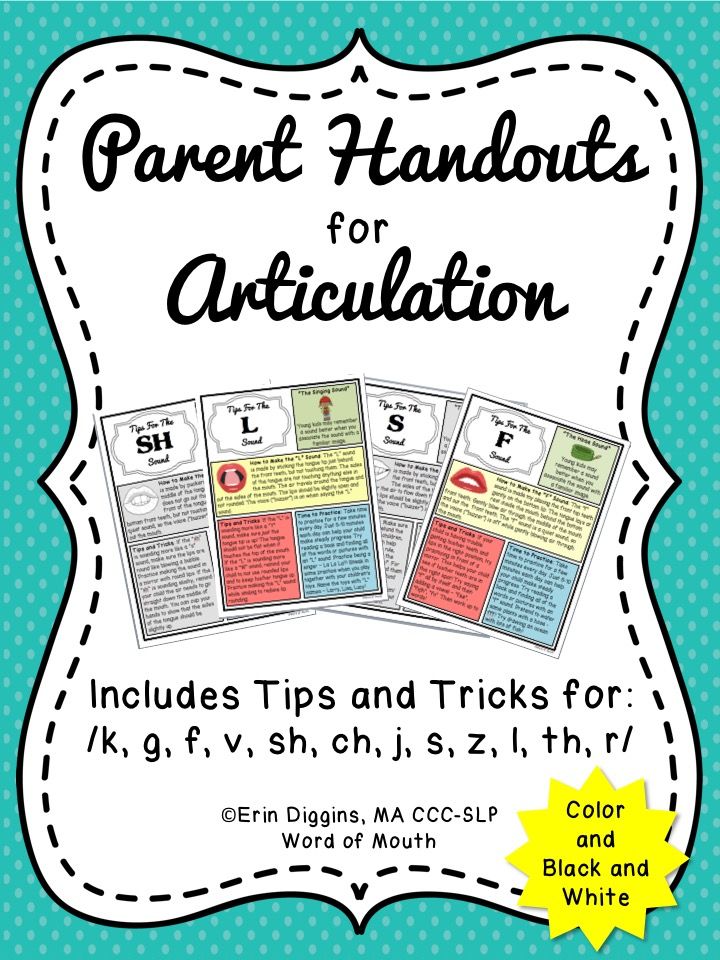
The authors of published materials are responsible for the accuracy of the quotations, proper names, other information and the correspondence of references to the original. The positions of the organizing committee of pedagogical readings and the authors of the materials do not always coincide.
BBK 60.54+74.6
UDC 316+37
| © GAOU DPO Hyrost, 2016 |
II. SPECIAL CONDITIONS FOR EDUCATION AND EDUCATION OF CHILDREN WITH DISABILITIES FROM FOSTER FAMILIES
Training lesson for high school students
“Space Journey”
N. Braclon, Teacher-psychologist
MBOU Kurgan “Center for Education” 9007 9007 , computer, velvet paper, threads, blue material to simulate the starry sky.
Purpose of the lesson: team building.
Tasks: development of communication skills and creative abilities of class participants.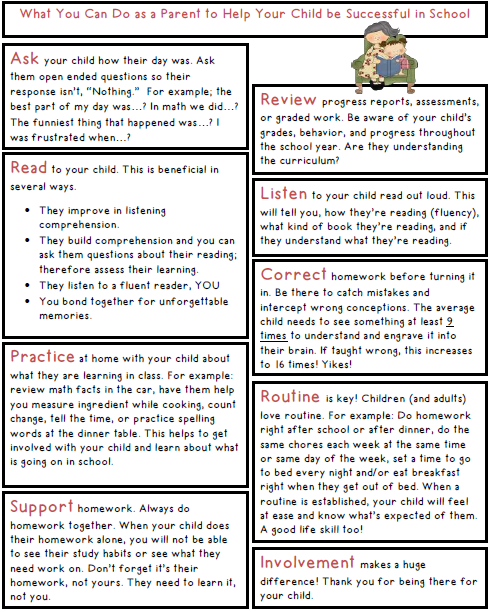 Expansion of knowledge about the structure of the universe.
Expansion of knowledge about the structure of the universe.
Age category: teachers of an educational institution, students of grades 9-11.
Class progress
Good afternoon, dear teachers!
Today we will make a virtual space journey with you. The path will not be close, and therefore I suggest starting with a warm-up.
Exercise "My Place"
Stand up and find a place in the hall where you feel good. Remember who is next, who is on the left, who is on the right.
And now, make yourself comfortable, and, as they say, “from the propeller. Go".
At all times, the majestic picture of the starry sky attracted human eyes. Myriads of mysterious celestial bodies, twinkling and shimmering, beckoned inquisitive minds. All world cultures, starting from the most ancient civilizations, tried to guess the riddle of the origin of our Universe. More than one glance stopped at Venus, brightly shining in the evening sky, the giant Jupiter, which does not go out all night, sparkling in the light of the morning dawn of Mercury, mysteriously smiling at the Moon. Each of the heavenly planets in the minds of the ancients was associated with a particular god or goddess. And the celestial sphere was a real stage on which the almighty gods played spectacular performances. Without these legends and legends, the firmament that has opened wide above us would not have been so excitingly magnificent.
Each of the heavenly planets in the minds of the ancients was associated with a particular god or goddess. And the celestial sphere was a real stage on which the almighty gods played spectacular performances. Without these legends and legends, the firmament that has opened wide above us would not have been so excitingly magnificent.
The solar system is a system of celestial bodies, welded together by the forces of mutual attraction and centered around a central star "named the Sun." Various space objects of natural origin revolve around the Sun: planets and their satellites, a whole swarm of small planets - asteroids and a huge number of space travelers - comets. All this aggregate forms our "cosmic home" - the solar system.
It is known that the mass of the Sun is the lion's share of the total mass of the solar system - 99.87%. Most of the remaining microscopic fraction was divided among themselves by eight large planets. The four inner planets form the terrestrial group - Mercury, Venus, Mars and Earth. These planets are located closer to the Sun and have a relatively small size and high density. The main part of their composition is silicates and iron. The four outer planets that make up the gas giant group—Jupiter, Saturn, Neptune, and Uranus—are predominantly formed from helium and hydrogen. The Sun and the planets have their own external data, their own character, their own behavior.
These planets are located closer to the Sun and have a relatively small size and high density. The main part of their composition is silicates and iron. The four outer planets that make up the gas giant group—Jupiter, Saturn, Neptune, and Uranus—are predominantly formed from helium and hydrogen. The Sun and the planets have their own external data, their own character, their own behavior.
The Sun is the closest star to Earth. Its surface is heated up to 6000°С. In the depths of the Sun, hydrogen atoms turn into helium atoms. This releases energy. A variety of processes are continuously taking place on the Sun: sometimes especially powerful, and then they say about the “disturbed” Sun, sometimes less strong - the Sun is “calm”. These processes affect earthly life, the well-being, mood and actions of people. In Egyptian mythology, the sun was depicted as a pharaoh - the god Ra. He was the god of light. Every day he rose through the sky on his boat, illuminating the whole earth, and in the evening he descended into the underworld, where he fought the forces of darkness.
Mercury is the closest planet to the Sun. It can be seen either in the evening - as a "star" located near the place of sunset, or in the morning - as a "star" near the place of sunrise. The planet is named after the swift-footed Mercury, one of the Roman gods. His attributes include a caduceus rod, a winged helmet and sandals. Thanks to the sandals, Mercury could instantly cover great distances. He is the patron of travelers; with the development of trade, it becomes the patron god of trade. In addition, Mercury in Greece is the patron of youth, athletes, the god of gymnastics, eloquence, rain and wind.
The second planet of the solar system is Venus. The brightest morning or evening "star" in the earth's sky. Venus in Roman mythology is the goddess of gardens, beauty and love. Venus was awarded such epithets as merciful, cleansing, shorn (in memory of the courageous Roman women who, during the war with the Gauls, cut their hair in order to weave ropes out of them).
The third largest planet from the Sun in the solar system is the Earth.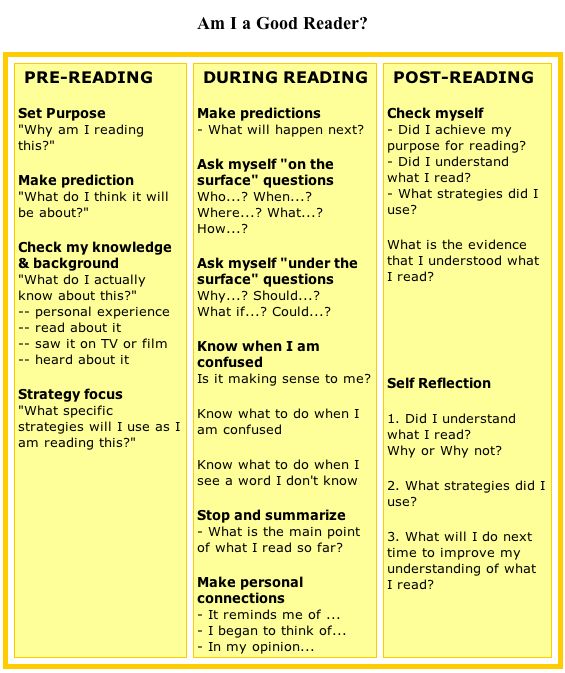 Thanks to its unique, perhaps the only natural conditions in the Universe, the Earth became the place where organic life originated and developed. The name "earth" comes from a root that means "low". The earth has a complex structure.
Thanks to its unique, perhaps the only natural conditions in the Universe, the Earth became the place where organic life originated and developed. The name "earth" comes from a root that means "low". The earth has a complex structure.
The fourth planet of the solar system - Mars - is 228 million km away from the Sun, it is about half the size of the Earth. On Mars there is a change of seasons, the Martian year lasts 687 Earth days, but there is no life on Mars. In mythology, Mars was originally the guardian of Rome. The first month of the Roman year, March, is named after him. Mars later became the god of war. Mars accompanied those going to war, accepted sacrificial gifts before the battle and appeared on the battlefield.
Jupiter is the fifth largest planet from the Sun and the largest planet in the solar system. The planet is named after the sky god Jupiter. Jupiter is the supreme ruler of the Universe, the personification of the sky and all air phenomena, the guardian of political order and peace, everyone had to obey his will and trembled at the nod of his head.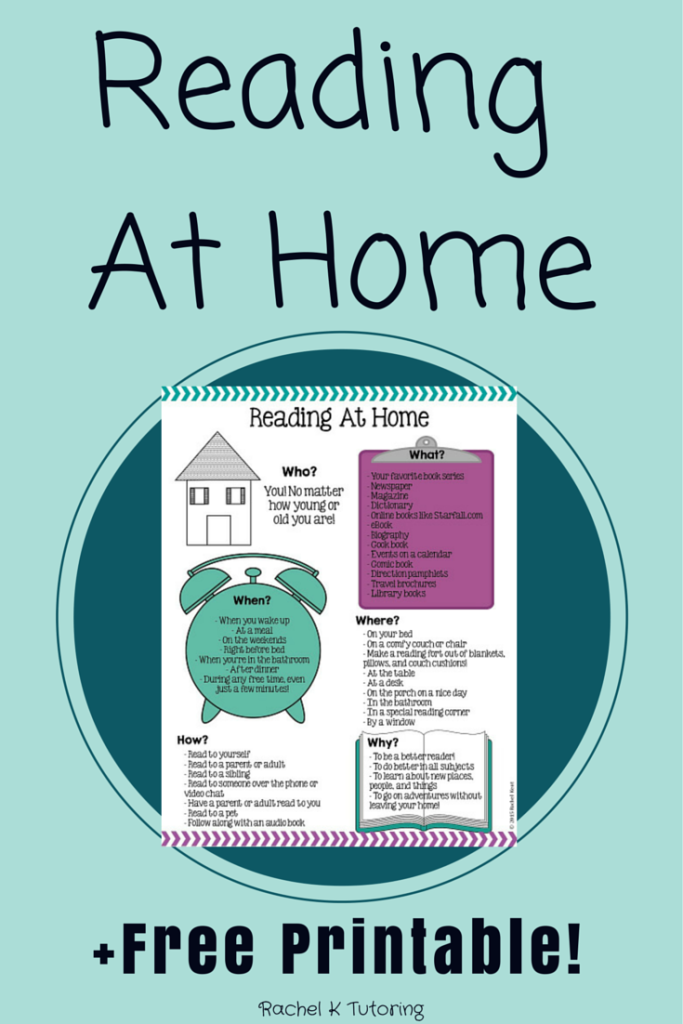
Saturn is the second largest planet in the solar system. Saturn is surrounded by rings, which are clearly visible in the telescope in the form of "ears" on both sides of the planet's disk, it consists of fragments of ice and stones. Saturn is the only body in the solar system that is lighter than water. We can see the inexorable and slow movement of time when looking into the night sky, since Saturn is the most distant planet visible to the naked eye, and therefore the slowest. In essence, Saturn could be a golden age planet for us. Those who can easily relate to the countless irritants of daily life, as if they carry peace and wisdom in themselves - they are calm, unperturbed, balanced.
Uranus is the seventh planet from the Sun in the Solar System. Consists of a small stone core and frozen gases. An interesting feature of Uranus is that it revolves around the Sun as if lying on its side: its axis of rotation forms an angle of 98 ° with the plane of the orbit. The planet is named after the sky god Uranus. He created the universe and established order in it. In Greek mythology, this extremely active husband of Gaia left an indelible mark on mythology - as the founder of creative thinking.
He created the universe and established order in it. In Greek mythology, this extremely active husband of Gaia left an indelible mark on mythology - as the founder of creative thinking.
Neptune is the eighth largest planet from the Sun in the solar system. Neptune's orbital period is 164 years and 288 days. Since its discovery (September 23, 1846), Neptune has not even made a complete revolution in its orbit. Neptune shimmers with blue light, reminiscent of the glitter of water. The surface temperature is 200 degrees. The strongest storms in the entire solar system rage there. In mythology, Neptune is the god of the water element, and especially the ocean. The fabulous, mystical secrets and fantastic images of this planet allow us to look into the "waters" of our very being - the vast collective unconscious, which is so often compared to the ocean. Although Neptune lives under water, temples were erected in his honor on the seashore, in places where ships landed, and in these temples people made offerings to Neptune to ensure the safety of navigation through the unpredictable depths of the sea.
Another planet, Pluto, was singled out in our solar system, but on August 24, 2006, at the conference of the International Astronomical Union, Pluto was “demoted”: it became a “dwarf planet”, and eight planets remained in the solar system.
And now let's imagine ourselves as planets in the solar system "School". Your task is to choose a planet for yourself (a circle of velvet paper) and decorate it. The planet needs a name. With the help of threads on velvet paper, we will create small masterpieces. You can take threads of different colors and lengths and draw a picture or lay out something abstract. The main thing is to reveal the character and features of your planet. Find a place in our firmament for your planet.
Now, each of you, tell us about your planet.
1. The name of the planet.
2. 2-3 main characteristics of your planet.
3. What is the use and significance of your planet for our solar system.
Now take your seat in the hall according to the location of your planet.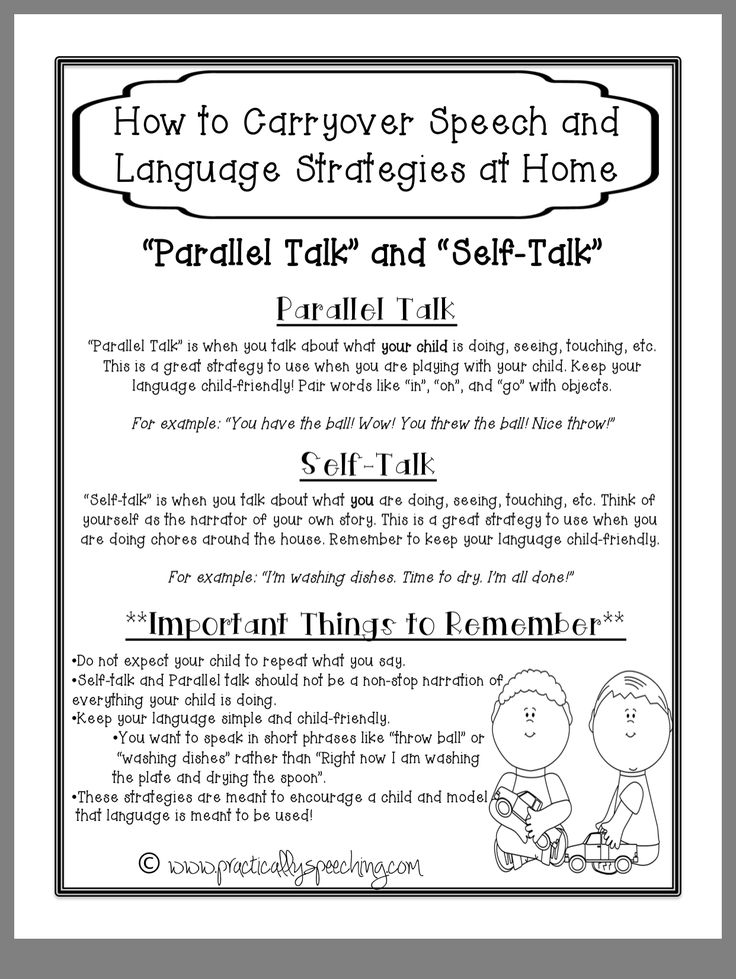
Exercise "Your place"
The solar system was formed during 5 billion years. Probably due to the position of the Sun and the planets, life exists on our Earth. I can assume that our school, such as it is (with all its strengths and virtues), exists thanks to each of us. Each teacher has his own value in our system, gives exactly what she needs today. And everyone occupies a place that allows this system to work successfully. I want us to feel our value now. Please take a seat in the hall.
Reflection
The solar system has not yet been mastered by man even to a millionth part. She hides a lot of unknown, interesting, unknown.
Used sources
-
moj-znak-zodiaka.ru - Myths and legends.
-
thirteen.ucoz.net›publ - Myths about the planets.
-
u.wikipedia.org – Solar system.
MASTER CLASS ON MATHEMATICS "KOPEK SAVE A RUBLE"
Veretennikova N.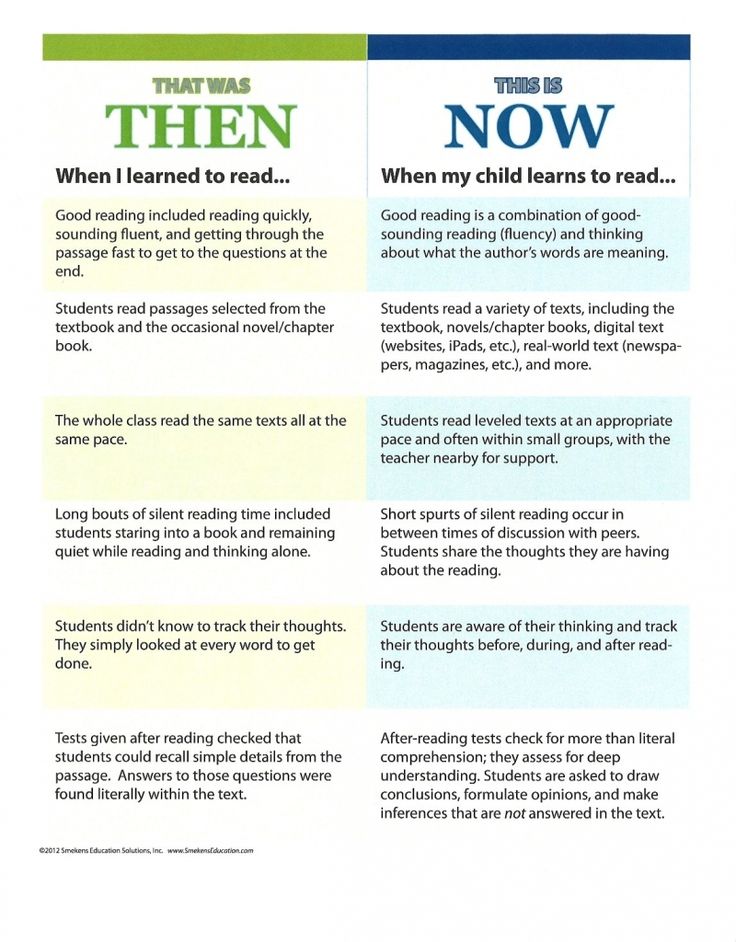 A., teacher of mathematics
A., teacher of mathematics
State Educational Establishment “Vargashinsky boarding school”
Purpose: improvement by cost measures in solving problems of ZUN.
Tasks:
-
To form the concepts of “penny”, “ruble” among students.
-
To improve the ability to solve examples and problems with measures of value in order to further apply them in real life situations.
-
Strengthen practical skills and computational skills of finding percentages of a number using a calculator.
-
To practice ways of exchanging banknotes for smaller ones and converting large units of value into small ones and vice versa.
-
Develop thought processes based on analysis, comparison and establishing cause-and-effect relationships.
-
To broaden the horizons of students in the field of family economics.
-
Cultivate a caring attitude towards money.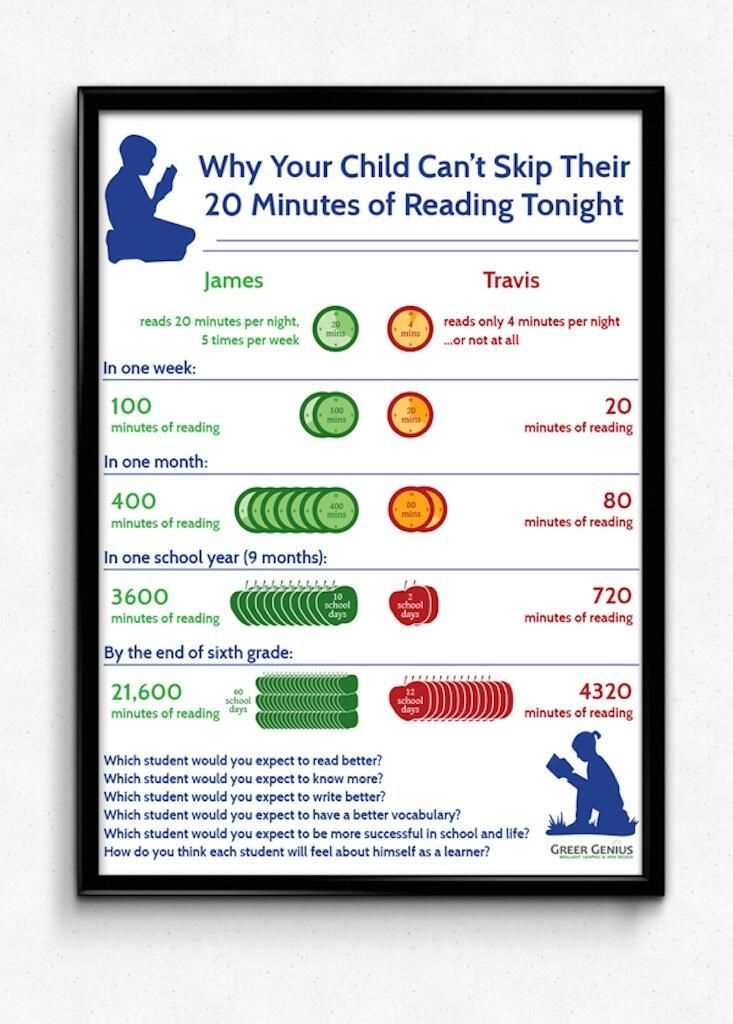
-
To promote the formation of social competence in students in mathematics lessons with the involvement of parents in practical activities.
-
To promote awareness and understanding of the relevance of the issue in modern life.
Resource support: presentation on the topic, video editing "Hardware store", musical accompaniment for physical minutes and reflection "Positive"; handout: banknotes of various denominations, task cards, coins "For good luck!", coins "Personality Qualities", coins "Evaluation"; didactic material: "Piggy banks", "Wallets", basket, household goods with price tags; calculators, pay sheets, pens. Greeting students
Music is playing
– Dear children, today, at the beginning of the lesson, I would like to give you coins for good luck, so that good luck will accompany you in class.
– In the old days it was believed: if you keep this coin in the kitchen under a tablecloth on the table, then there will be good luck and wealth in the house.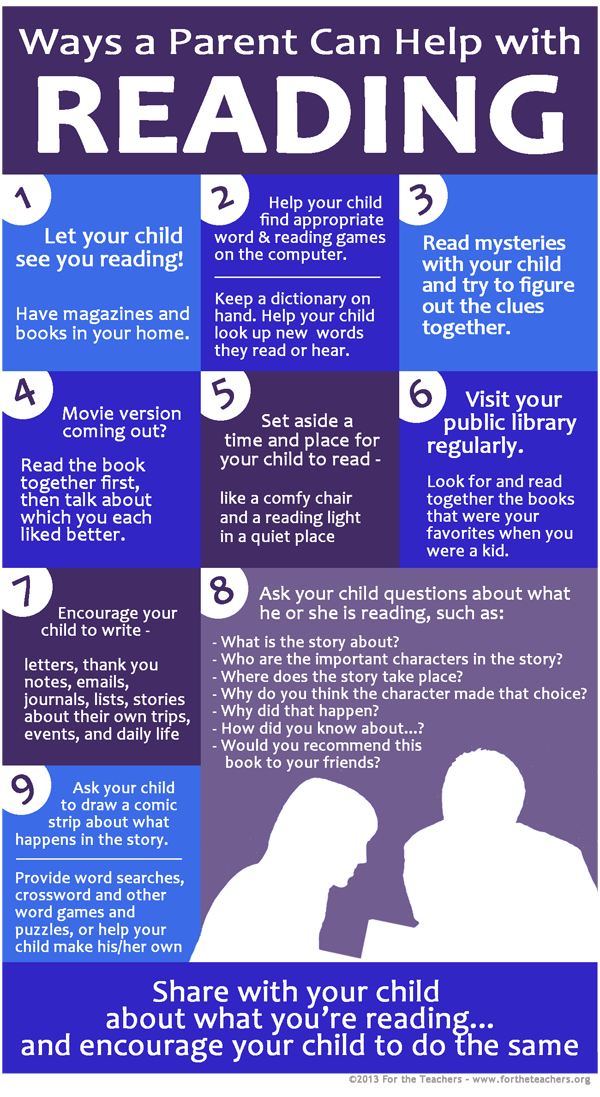
Listen to the teacher
Slide 1
Music
Coins
2
Presenting the topic and objectives of the session
– Our lesson will be about solving problems with measures of value, we will learn how to save money when shopping and collect our saved money in a piggy bank.
- You will name the topic of the lesson yourself as soon as you decipher the rebus proverb.
- "A penny saves a ruble." How do you understand this proverb?
Solve the puzzle.
Name the topic of the lesson.
Explain the meaning of
Proverbs
Slide 2
PROPUS “Kopeika RUBIS”
Input conversation
, , , ,
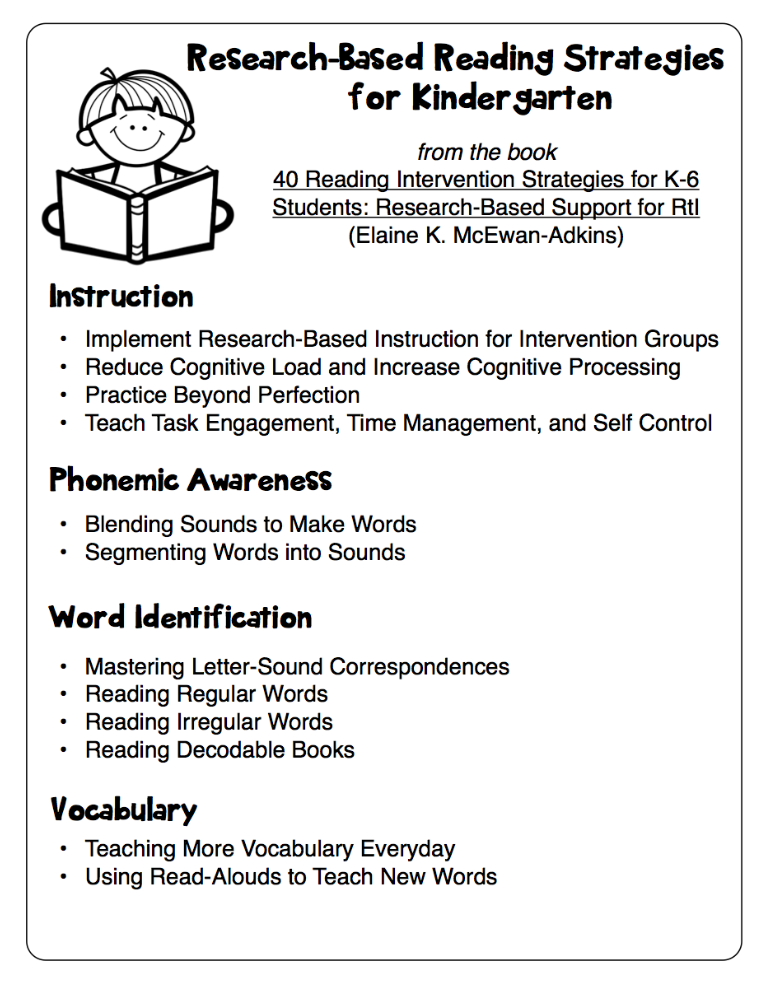
Read the proverbs on the screen.
– What do these proverbs have in common? What are they about? ( about careful attitude to money )
- Soon you will leave school and will manage your finances on your own. Today in our lesson we will try to create situations close to life, so that you can see that money can be spent “wisely” and at the same time save.
– Where do we spend money most often? ( in the store )
– Which stores do you know? ( grocery, industrial, haberdashery, market, supermarket, department store, specialized stores )
– You and I will make purchases in different stores. To do this, you will need to unite in one family and visit three outlets:
-
Grocery store.
-
Hardware store.
-
Specialized shop "Clothes".
– Adults who received a coin with the inscription “Family Friend” will go shopping with you.
